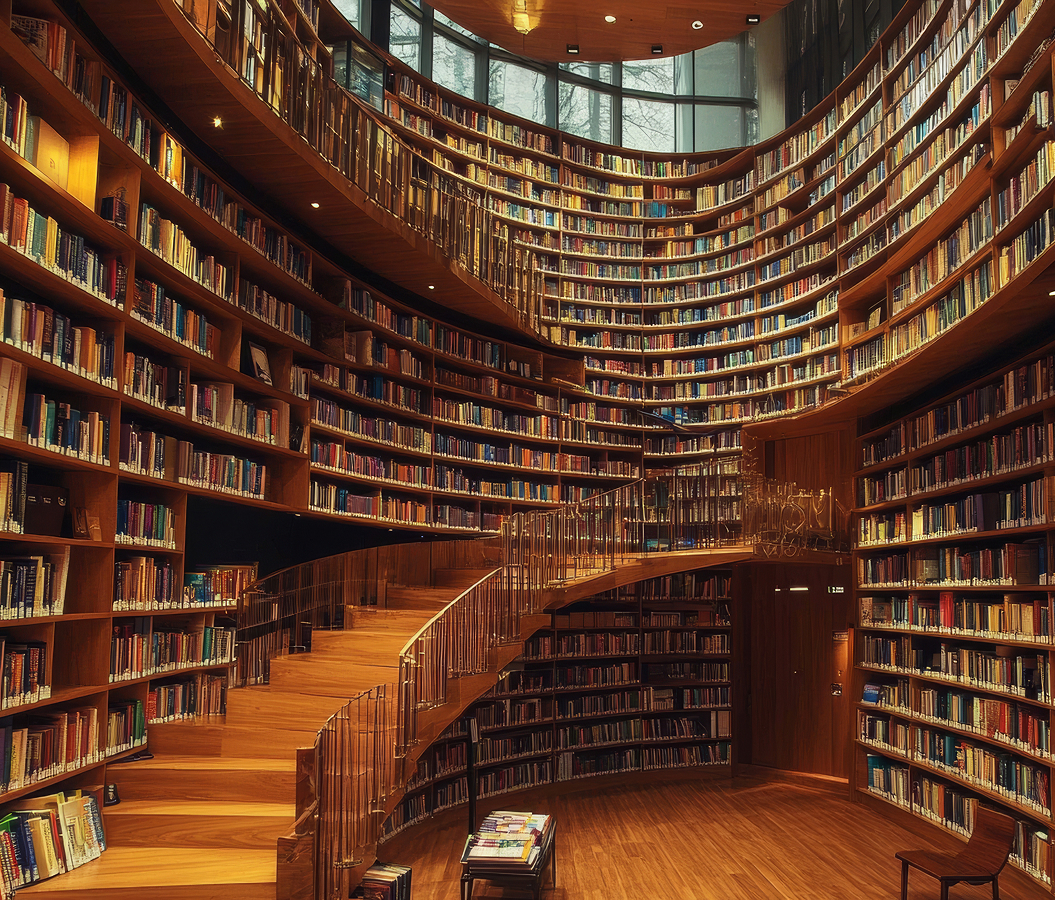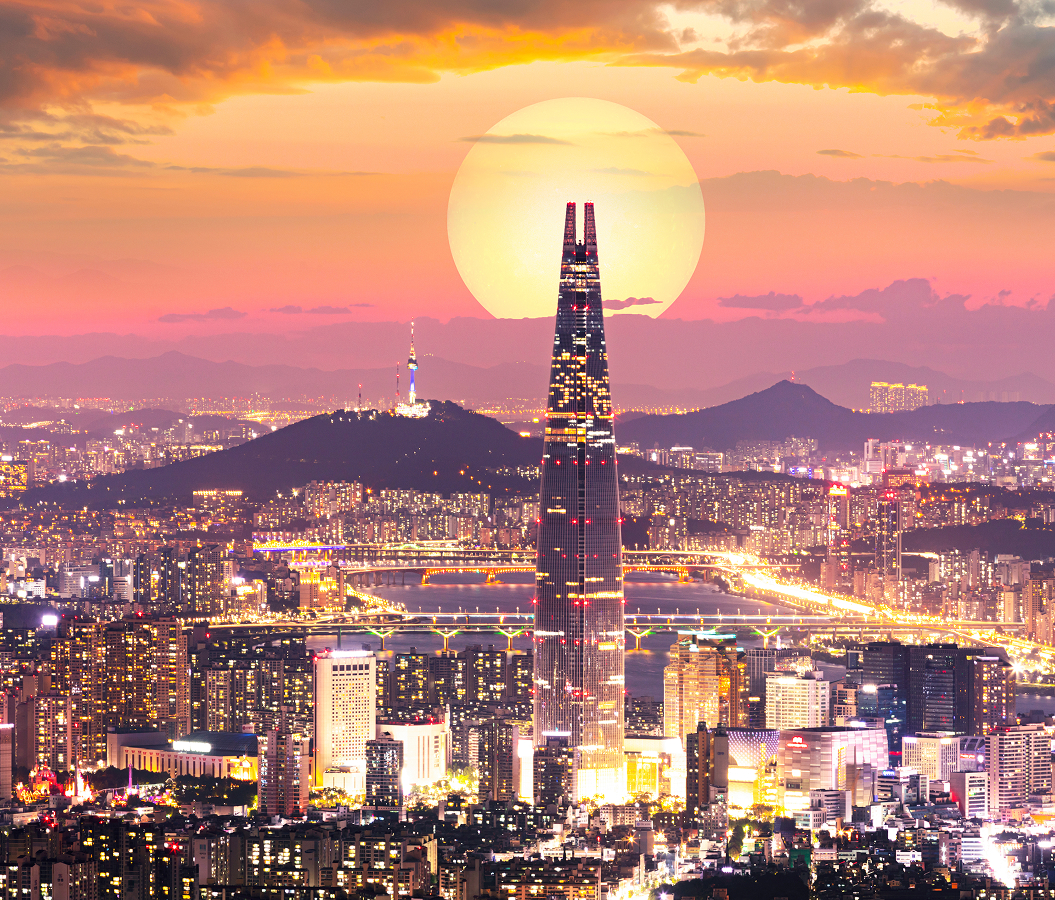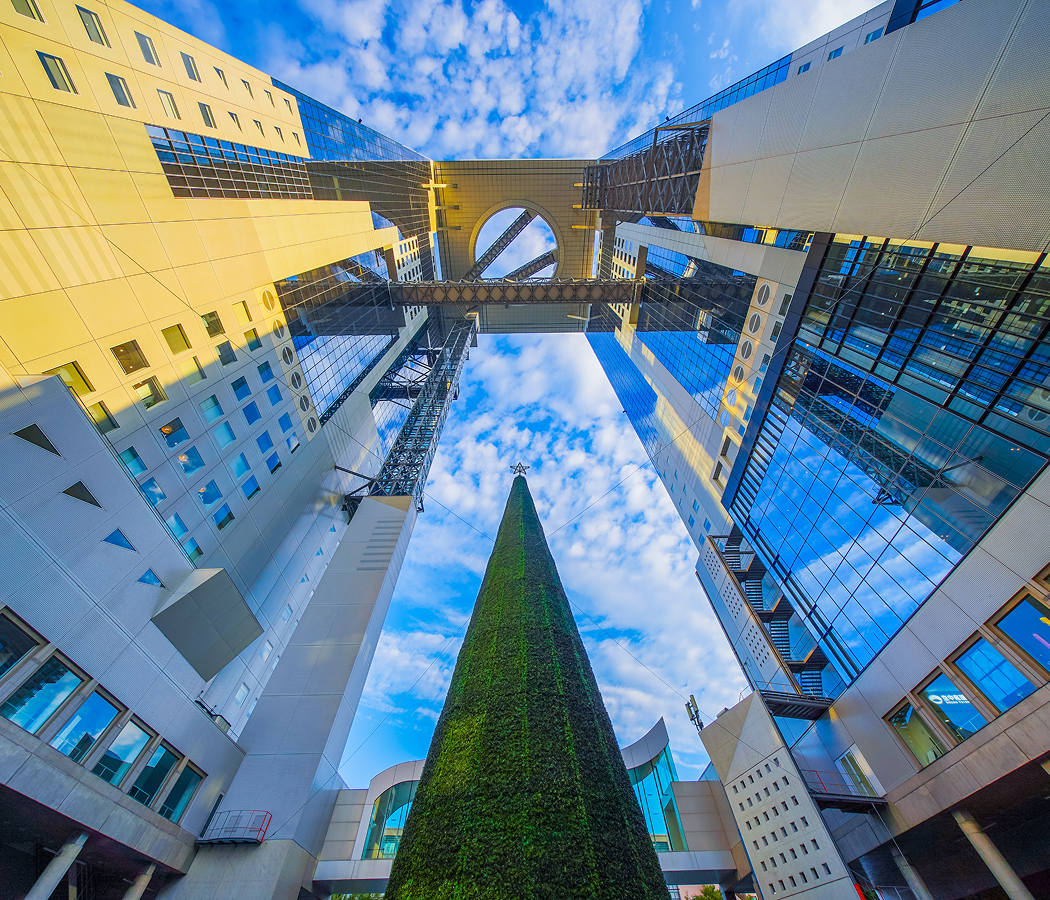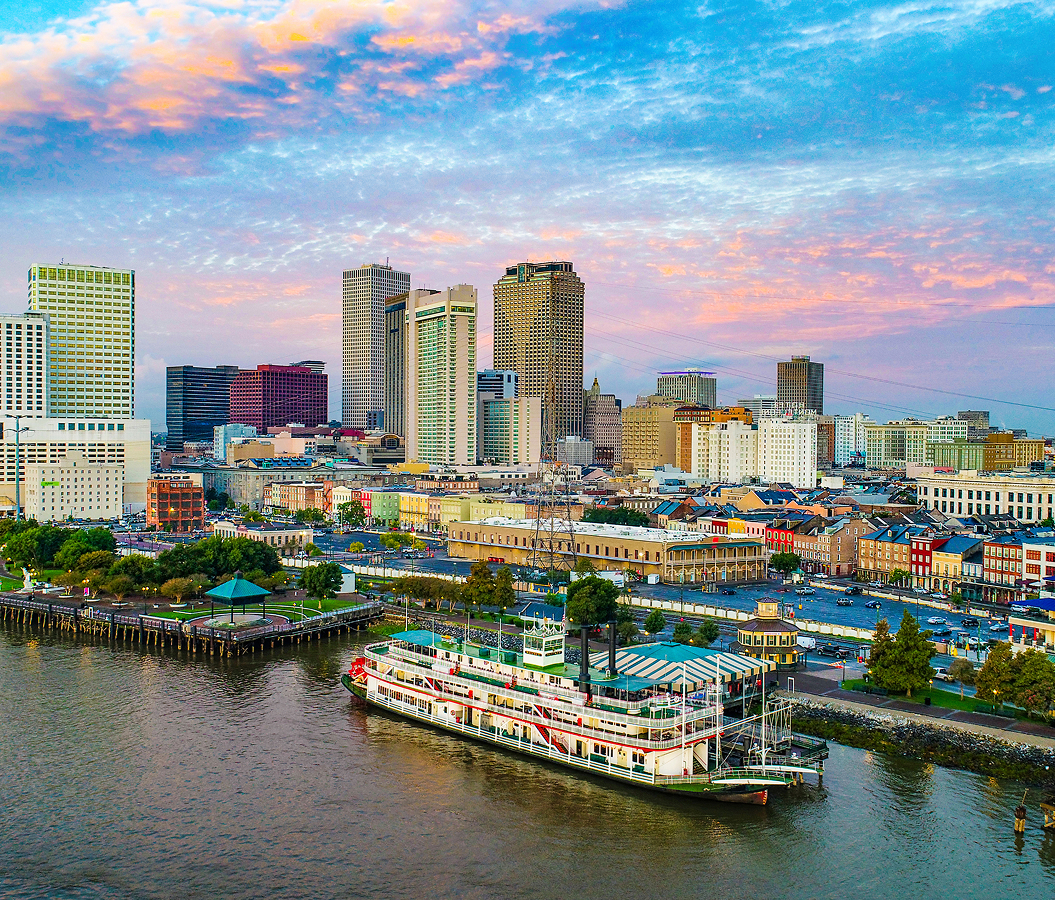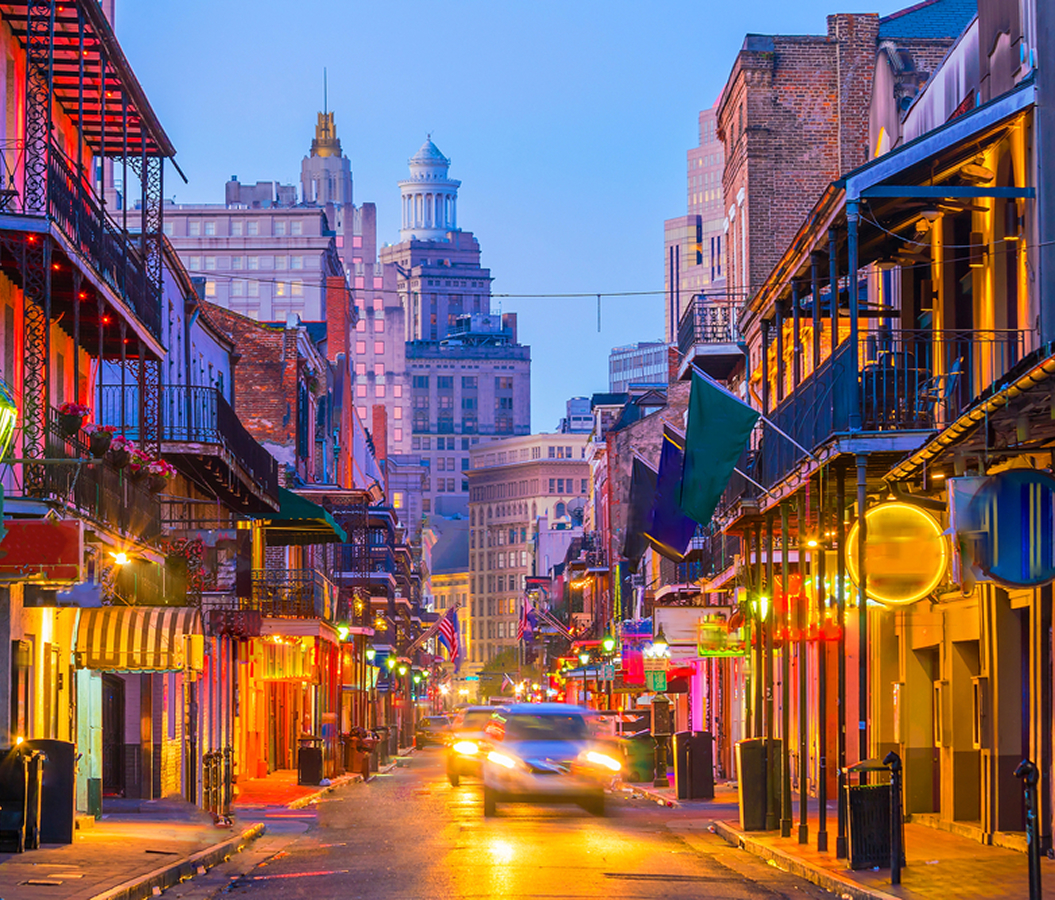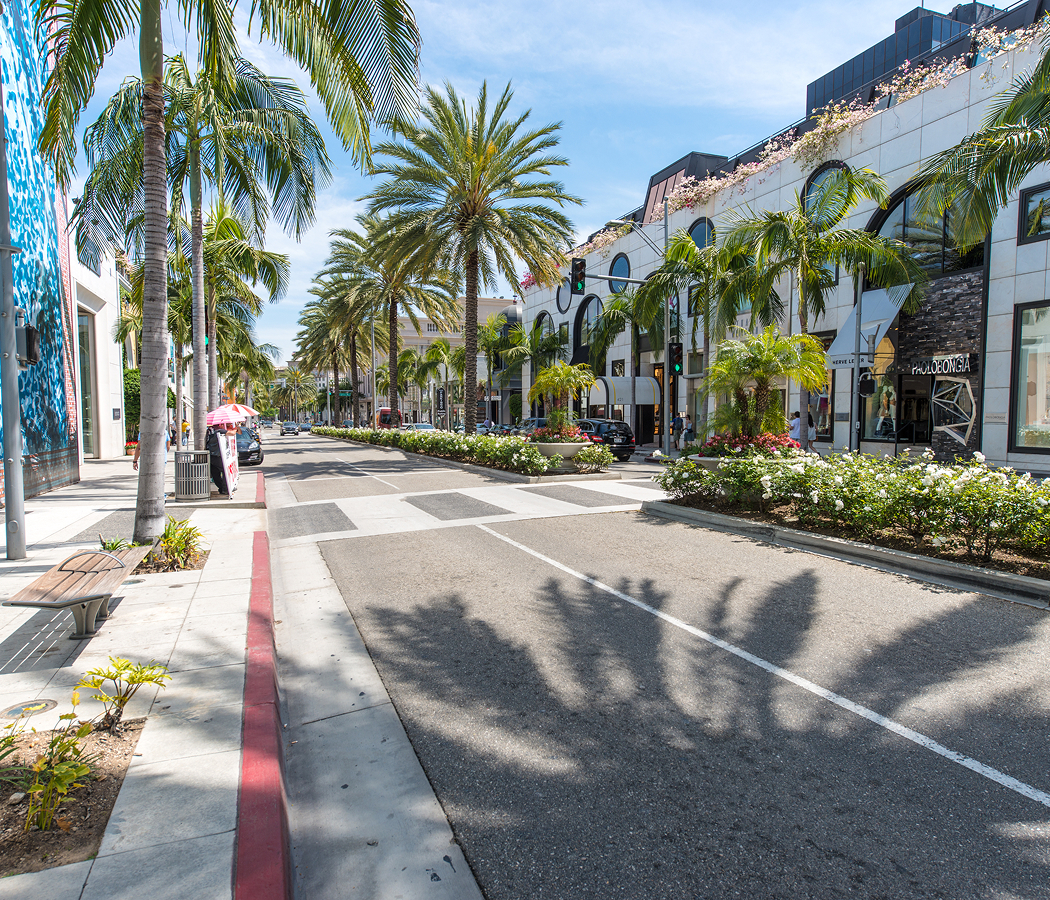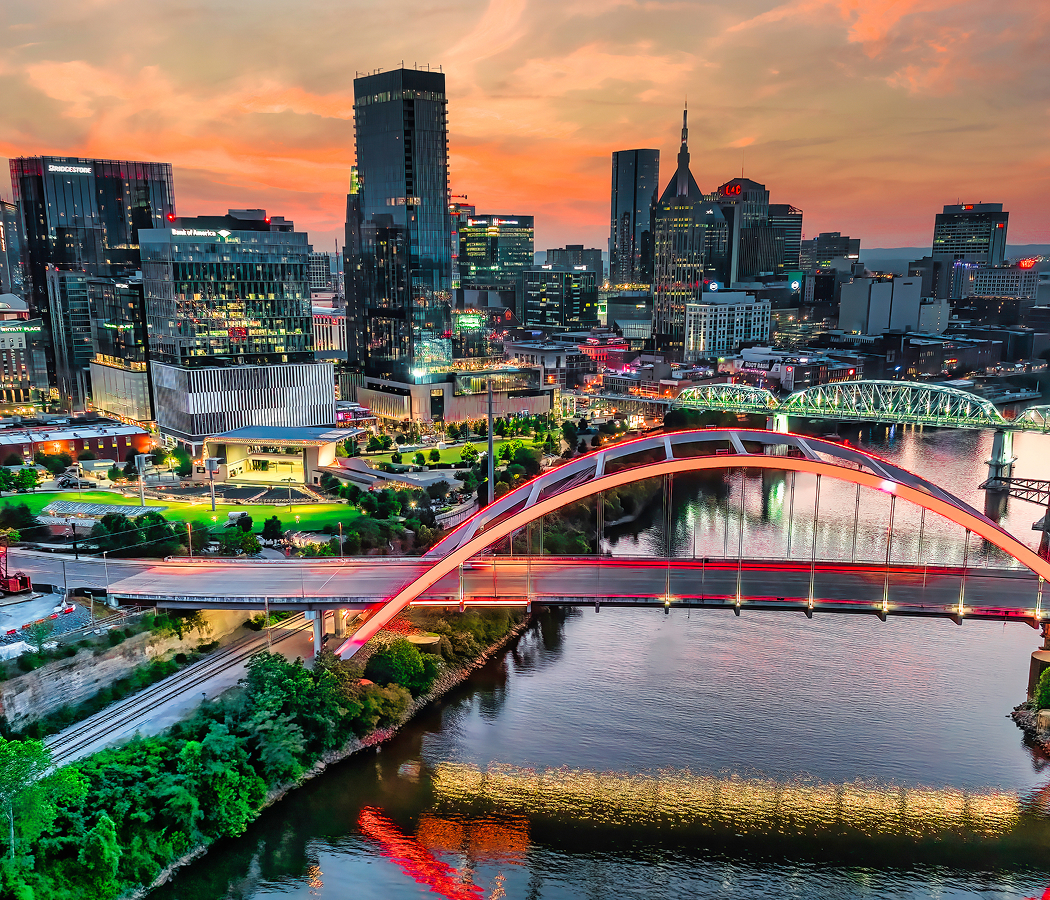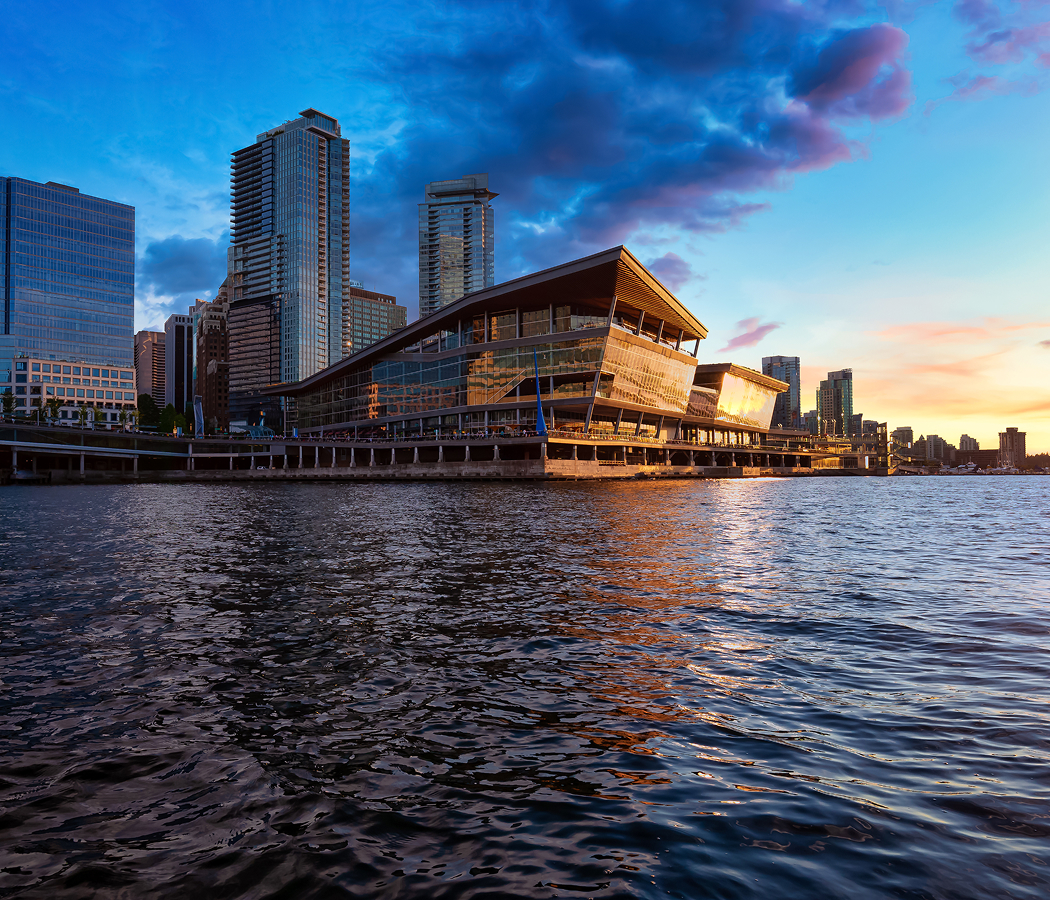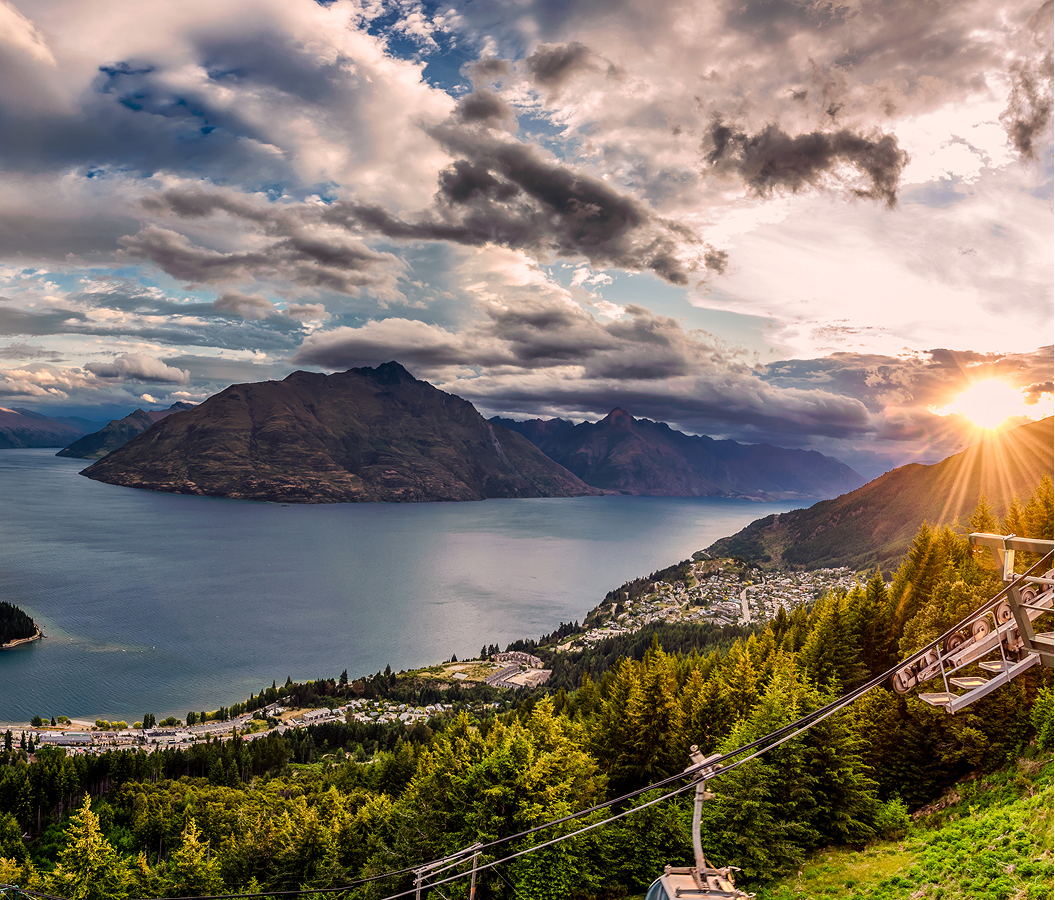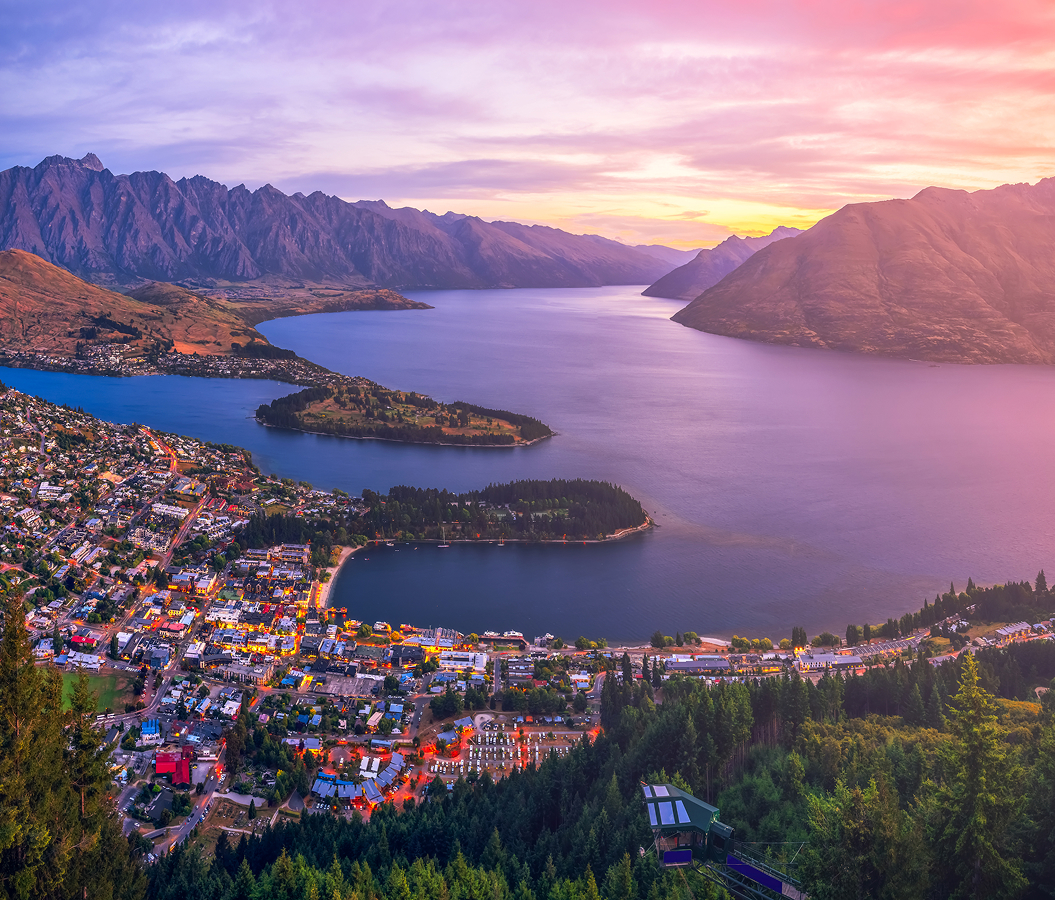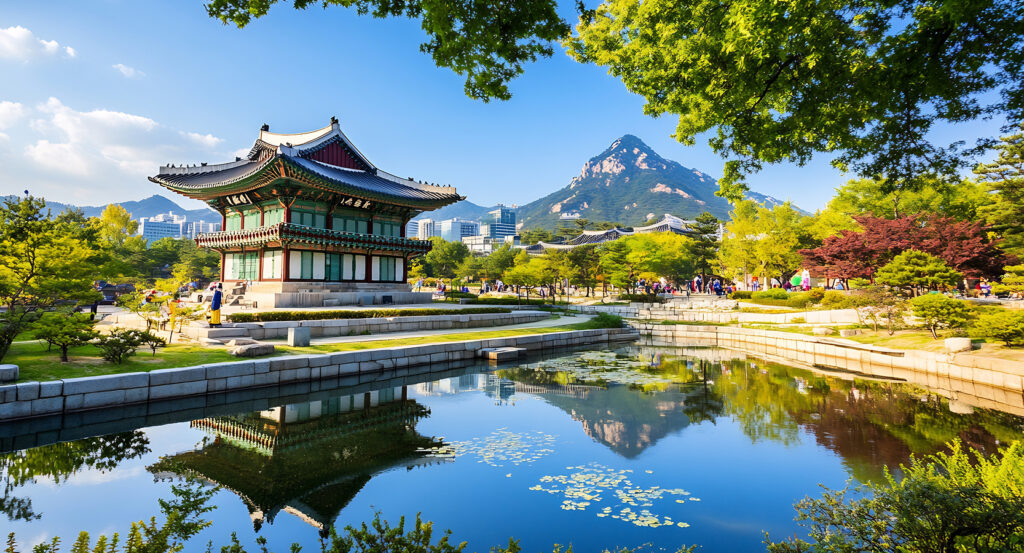
Why you should experience Gyeongbokgung Palace in Seoul.
Gyeongbokgung Palace in Seoul is not just a landmark, it’s the very soul of Korea, a grand stage where the nation’s history, artistry, and spirit have unfolded for over six centuries.
Built in 1395 as the main royal palace of the Joseon dynasty, Gyeongbokgung, meaning “Palace Greatly Blessed by Heaven”, remains the largest and most majestic of Seoul’s five palaces. Its sweeping courtyards, ornate gates, and intricate architecture embody the elegance of Confucian design and the quiet power of a dynasty that shaped Korea’s identity. Standing before Gwanghwamun Gate, the palace’s monumental entrance, you feel the weight of centuries pressing against the present, a reminder that Seoul’s story began here. Beyond the gate, the palace grounds expand into a world of geometry and grace: tiled roofs curve like brushstrokes against Mount Bugaksan, stone bridges span lotus-filled ponds, and each pavilion seems to whisper of ceremony and legacy. Gyeongbokgung isn’t frozen in time, it breathes. Visitors dressed in hanbok (traditional Korean attire) glide through its courtyards, guards perform the colorful changing of the guard ceremony, and the distant hum of the modern city fades into the rhythm of footsteps on ancient stone. To walk through Gyeongbokgung is to move through Korea’s living memory, a place where beauty and resilience coexist.
What you didn’t know about Gyeongbokgung Palace.
The story of Gyeongbokgung Palace mirrors the triumphs and tragedies of Korea itself.
When King Taejo, founder of the Joseon dynasty, ordered its construction, he envisioned not just a royal residence but a symbol of divine harmony between ruler, people, and nature. For 200 years, it served as the heart of the dynasty, the site of royal ceremonies, scholarly discussions, and state affairs. But in 1592, the palace was reduced to ashes during the Japanese invasions, its splendor lost to fire and conflict. For over two centuries, it lay in ruins, a haunting reminder of the cost of war. Then, in the 19th century, King Gojong led its painstaking restoration, reviving more than 7,000 rooms and reinstating it as the seat of power. Yet tragedy struck again during the Japanese occupation of the early 20th century, when much of the complex was demolished or repurposed. What visitors see today, though only a fraction of its original scale, stands as a triumph of cultural restoration. Since the 1990s, ongoing efforts have reconstructed many key structures, returning the palace closer to its original glory. Within its walls are treasures like the Geunjeongjeon Hall, where kings once held court; the Gyeonghoeru Pavilion, an elegant lakeside hall where royal banquets were held; and the Hyangwonjeong Pavilion, one of the most photographed sites in Korea, set upon a small island connected by a wooden bridge. Few realize that beneath its serenity lies a story of resilience, a nation reclaiming its heritage, stone by stone, roof tile by roof tile.
How to fold Gyeongbokgung Palace into your trip.
To experience Gyeongbokgung Palace fully, move slowly, not as a tourist, but as a time traveler walking through the pages of Korean history.
Begin at Gwanghwamun Gate to witness the Guard Changing Ceremony, performed with precision and pomp every hour between 10 a.m. and 3 p.m. The vivid uniforms, rhythmic drumbeats, and ceremonial flags set the tone for your journey inside. Wander first through the vast Geunjeongjeon Hall courtyard, where the king once addressed his ministers beneath painted dragons on the ceiling. Then, drift toward Gyeonghoeru Pavilion, whose reflection dances on the lotus pond, one of Seoul’s most serene views. The Hyangwonjeong Pavilion, located deeper inside, offers a quieter moment of reflection, its wooden bridge inviting contemplation rather than haste. Visit the National Palace Museum and the National Folk Museum, both located on the palace grounds, for deeper insight into Joseon-era life and royal traditions. Arrive early in the morning or late in the afternoon to avoid crowds and catch the light filtering through eaves and courtyards, the golden glow adds a sense of eternity to the experience. Renting a hanbok nearby not only grants you free entry but also transforms the visit into a cultural immersion, letting you feel the grace of history firsthand. End your walk by exiting through the rear gate toward Samcheong-dong or Bukchon Hanok Village, where traditional architecture continues the story of the Joseon spirit. Gyeongbokgung Palace isn’t just Seoul’s crown jewel, it’s a heartbeat from another time, still echoing through the modern city that rose around it.
Hear it from the Foresyte community.
Walk in and suddenly the city noise just dies. It’s just rooftops stacked like origami and mountains watching in the back. Kinda wild how old and new sit side by side.
Where meaningful travel begins.
Start your journey with Foresyte, where the planning is part of the magic.
Discover the experiences that matter most.


